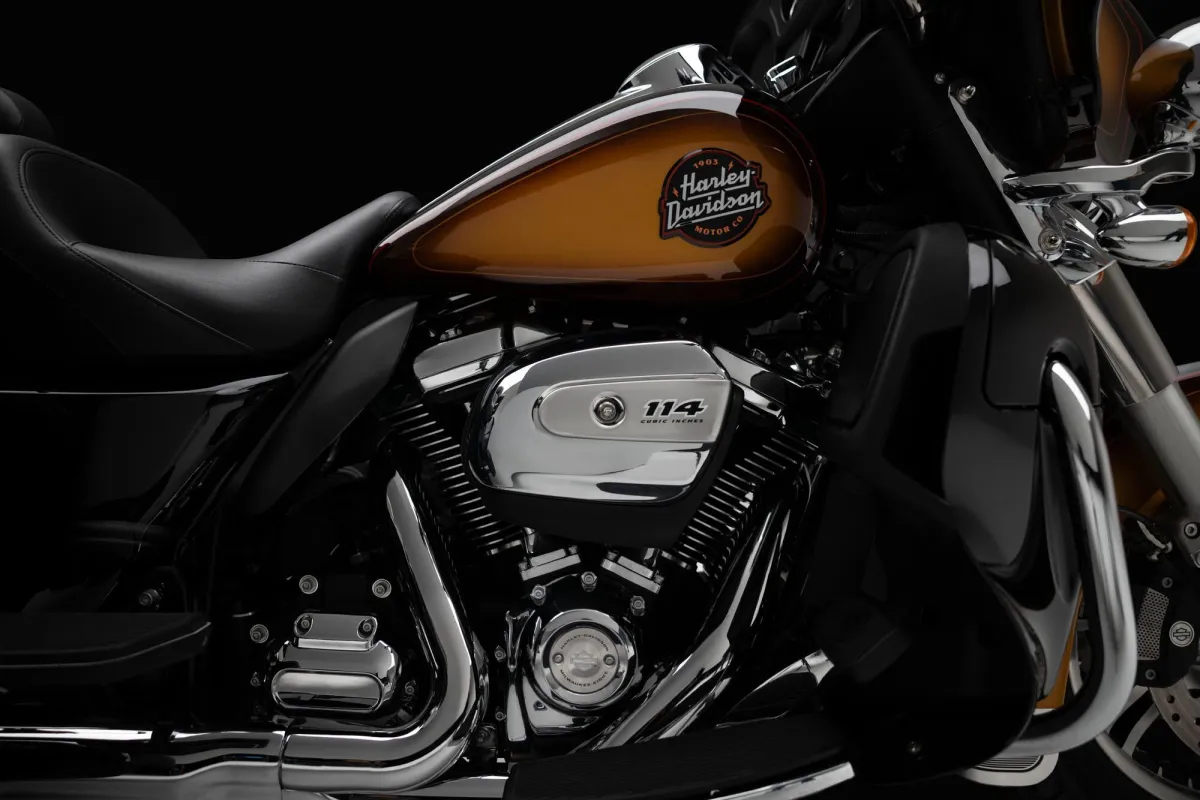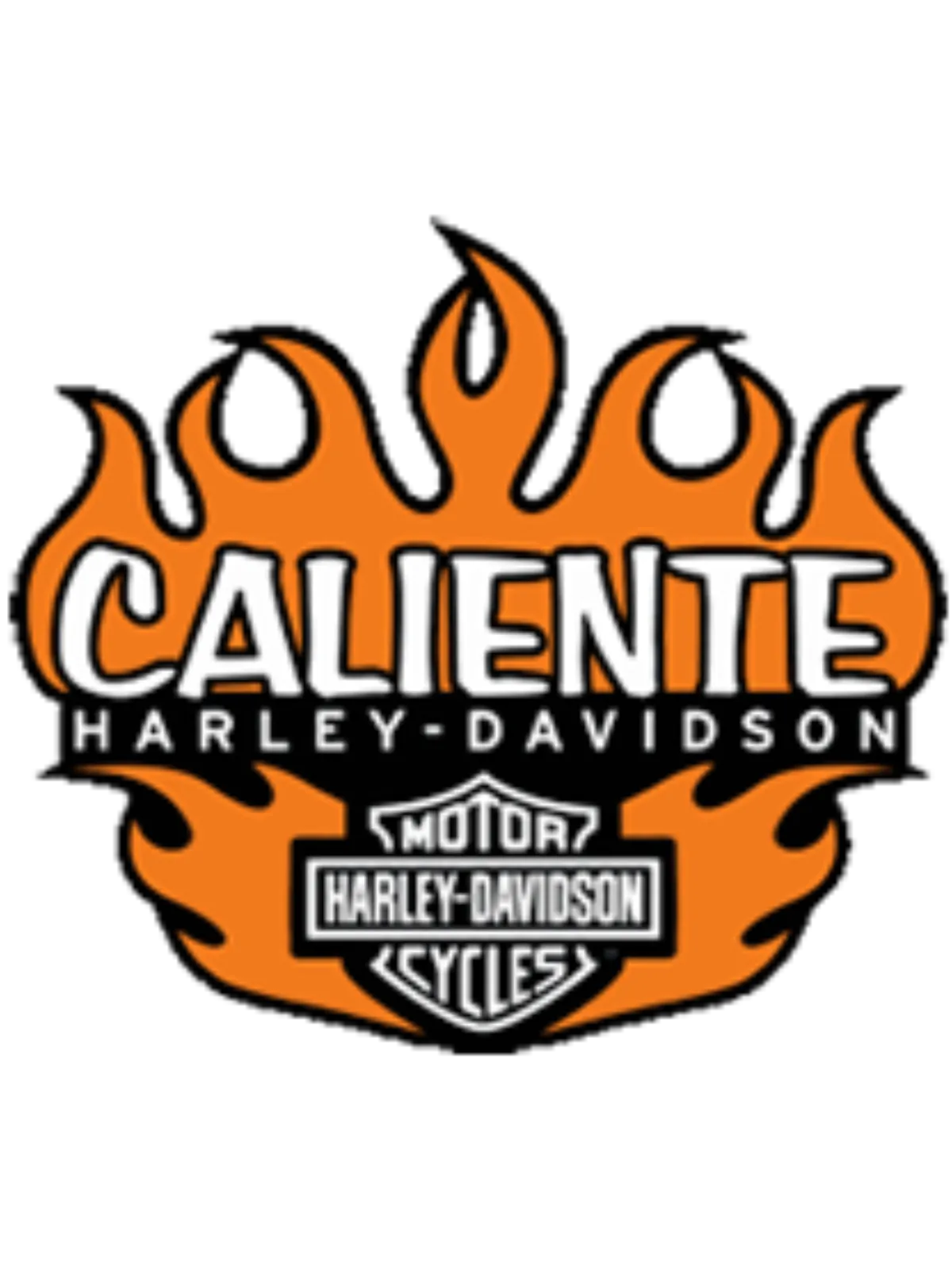Caliente Harley-Davidson Blog

The Role of Harley-Davidson in American Pop Culture
The Role of Harley-Davidson in American Pop Culture
Harley-Davidson is more than just a motorcycle brand; it’s a cultural icon that has left an indelible mark on American pop culture. From the silver screen to the music stage, Harley-Davidson’s influence extends far beyond the road, representing freedom, rebellion, and the quintessential American spirit. Over the decades, Harley-Davidson motorcycles have become symbols of individuality, adventure, and the open road, inspiring countless movies, music, fashion trends, and more. Here’s a look at how Harley-Davidson has played a pivotal role in shaping American pop culture.
1. The Silver Screen: Hollywood’s Love Affair with Harley-Davidson
Harley-Davidson’s presence in Hollywood has been a defining element of its cultural impact. From classic films to modern blockbusters, Harley motorcycles have often been cast as the ultimate symbol of rebellion and freedom. The roaring engines, distinctive designs, and rugged appeal of Harleys have made them a perfect fit for characters who defy convention and live by their own rules.
Iconic Film Appearances:
“The Wild One” (1953): Starring Marlon Brando as the leader of a biker gang, this film helped establish the outlaw biker image that would become closely associated with Harley-Davidson.
“Easy Rider” (1969): Arguably the most iconic motorcycle film of all time, “Easy Rider” featured custom Harley choppers as central characters, capturing the spirit of 1960s counterculture and the freedom of the open road.
“Terminator 2: Judgment Day” (1991): Arnold Schwarzenegger’s character riding a Harley-Davidson Fat Boy in one of the most memorable chase scenes in film history cemented the bike as a symbol of unstoppable power and coolness.
Cultural Impact:
Harley-Davidson became synonymous with the image of the rebel, the outlaw, and the free spirit.
Influenced public perception of motorcycles as more than just transportation—they became symbols of identity and attitude.
Sparked a fascination with motorcycle culture that led to an increase in Harley-Davidson’s popularity during the 1950s and 1960s.
2. Music and Harley-Davidson: The Soundtrack of Rebellion
Harley-Davidson’s influence on music, especially in the rock ‘n’ roll and heavy metal genres, has further solidified its place in pop culture. The loud, raw sound of a Harley engine has often been compared to the rebellious spirit of rock music, making the brand a favorite among musicians and bands who embody a non-conformist lifestyle.
Musical Connections:
Rock ‘n’ Roll Icons: Artists like Elvis Presley, who was often photographed with Harleys, and bands like ZZ Top and Lynyrd Skynyrd frequently incorporated motorcycles into their imagery and music, enhancing their rebel image.
“Born to Be Wild” by Steppenwolf (1968): This rock anthem became a rallying cry for bikers everywhere, perfectly capturing the spirit of the Harley-Davidson rider.
Judas Priest and Heavy Metal: Rob Halford, the lead singer of Judas Priest, made a Harley-Davidson part of his on-stage persona, riding a bike onto the stage during concerts, symbolizing the fusion of heavy metal and biker culture.
Cultural Impact:
Harley-Davidson became part of the rock ‘n’ roll lifestyle, representing defiance and a love for freedom.
Reinforced the association between motorcycles and music that celebrate rebellion and independence.
Inspired a generation of musicians and fans to embrace the biker lifestyle, both on and off the stage.
3. Fashion and Harley-Davidson: Setting Trends in Style
Harley-Davidson’s influence extends into fashion, where its aesthetic has inspired clothing and accessories that resonate with the rugged, rebellious biker image. From leather jackets to bandanas and branded T-shirts, Harley-Davidson apparel has become a staple of biker culture and mainstream fashion alike.
Fashion Influence:
Leather Jackets: Originally worn for protection, leather jackets became a symbol of the biker image, popularized by Hollywood and adopted by fashion designers around the world.
Harley-Davidson Apparel: The brand’s clothing line, featuring its iconic logo, has been embraced by riders and non-riders alike, symbolizing a connection to the free-spirited ethos of the brand.
Motorcycle Boots and Bandanas: Accessories commonly associated with Harley riders have transcended the biking world, appearing in mainstream fashion as symbols of toughness and individuality.
Cultural Impact:
Harley-Davidson helped establish the “biker look” as a recognizable and enduring fashion trend.
Popularized the use of functional riding gear as fashionable streetwear.
Influenced global fashion trends by blending motorcycle culture with everyday style.
4. The Biker Lifestyle: Clubs, Rallies, and Brotherhood
Harley-Davidson’s impact on pop culture is deeply intertwined with the development of the biker lifestyle, including motorcycle clubs, rallies, and the broader sense of community among riders. Events like Sturgis Motorcycle Rally and Daytona Bike Week have become cultural phenomena, drawing riders and spectators from around the world.
Biker Culture Highlights:
Motorcycle Clubs: Harley-Davidson’s association with motorcycle clubs, from the Hells Angels to local riding groups, helped shape the image of the biker as both an individualist and a member of a tight-knit community.
Rallies and Events: Large-scale rallies celebrate motorcycle culture with music, contests, and group rides, showcasing the sense of freedom and camaraderie that defines Harley-Davidson.
Harley Owners Group (H.O.G.): The creation of H.O.G. provided a structured way for Harley riders to connect, share experiences, and build a sense of belonging within the brand’s community.
Cultural Impact:
Promoted the concept of the “biker brotherhood,” emphasizing loyalty, freedom, and a shared passion for the open road.
Made motorcycle rallies a staple of American pop culture, attracting not only riders but also media attention and fans.
Strengthened Harley-Davidson’s brand identity as more than just a manufacturer but a lifestyle brand.
5. Harley-Davidson in Art and Photography
Harley-Davidson’s striking designs and cultural significance have made it a popular subject in art and photography, symbolizing themes of freedom, Americana, and the countercultural movement. Artists have used Harley-Davidson motorcycles to capture the spirit of adventure, rebellion, and the rugged beauty of the American landscape.
Artistic Influence:
Iconic Photography: Harley-Davidson motorcycles have been featured in countless iconic images, often set against backdrops of open highways, deserts, or urban environments, embodying the dream of the American road trip.
Art Exhibits and Pop Art: Harley-Davidson has been featured in pop art, such as the works of Andy Warhol, who used the motorcycle’s image to explore themes of consumerism and Americana.
Tattoo Culture: Harley-Davidson’s logo and imagery are popular in tattoo art, symbolizing a lifelong commitment to the biker lifestyle and the ideals of freedom and individuality.
Cultural Impact:
Helped establish the motorcycle as a powerful symbol of American art and culture.
Inspired countless artists to capture the spirit of Harley-Davidson and its connection to the American dream.
Cemented the brand’s place as a cultural icon that transcends its role as a motorcycle manufacturer.
6. Television and Reality Shows: Bringing Biker Culture to the Masses
Television shows like “Sons of Anarchy” and reality series such as “American Chopper” brought motorcycle culture into living rooms around the world, often featuring Harley-Davidson bikes as central elements. These shows depicted the complex dynamics of motorcycle clubs, custom bike building, and the broader biker lifestyle, further embedding Harley-Davidson into popular culture.
Television Influence:
“Sons of Anarchy” (2008-2014): This drama series about an outlaw motorcycle club heavily featured Harley-Davidson motorcycles, reinforcing the brand’s association with rebellion and the biker brotherhood.
“American Chopper” (2003-2012): The series, focusing on custom bike building, highlighted Harley-Davidson’s role in the custom motorcycle scene and popularized the art of motorcycle customization.
Biker Documentaries: Films like “Harley-Davidson: The Spirit of America” have explored the brand’s history, impact, and cultural significance.
Cultural Impact:
Exposed millions of viewers to the nuances of motorcycle culture, often featuring Harley-Davidson as the centerpiece.
Increased interest in motorcycling, customization, and the brotherhood aspect of riding.
Reinforced Harley-Davidson’s image as the ultimate symbol of the biker lifestyle.
A Legacy Interwoven with American Pop Culture
Harley-Davidson’s impact on American pop culture is vast and multifaceted. From the movies that immortalized its bikes to the music that celebrates the freedom of riding, Harley-Davidson has influenced how we perceive the motorcycle and the lifestyle it represents. Whether roaring across the big screen, inspiring a rock anthem, or setting fashion trends, Harley-Davidson continues to be a powerful force in shaping the cultural landscape. Its legacy is not just in the motorcycles it builds but in the dreams, attitudes, and stories it inspires—a testament to the enduring allure of the open road and the freedom it represents.

Facebook
Instagram
TikTok
Youtube